How to implement a Whole-School approach?
How to implement a Whole-School approach?
Wals and Mathie (2022:3) offer a broad conceptualisation of a Whole-School Approach showing « […] how all areas, levels and stakeholders can be engaged in a WSA » and summarise the approach in a flower model with six key components:
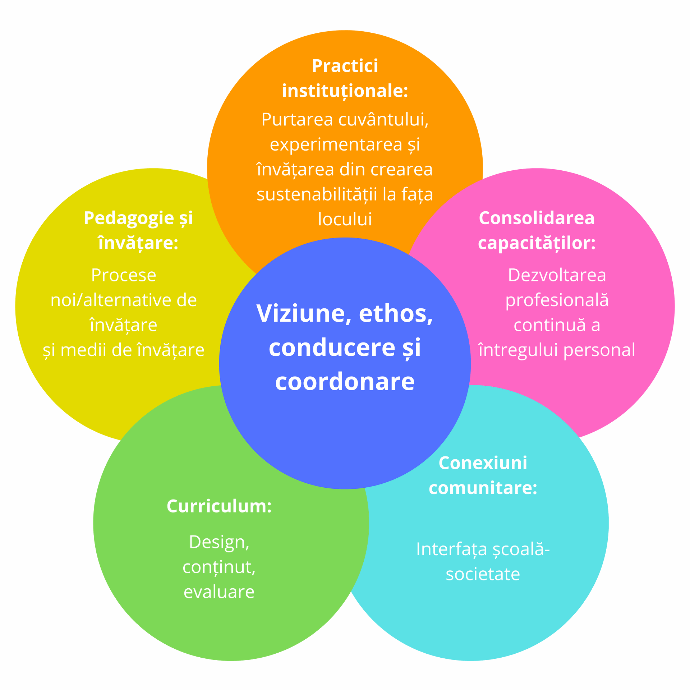
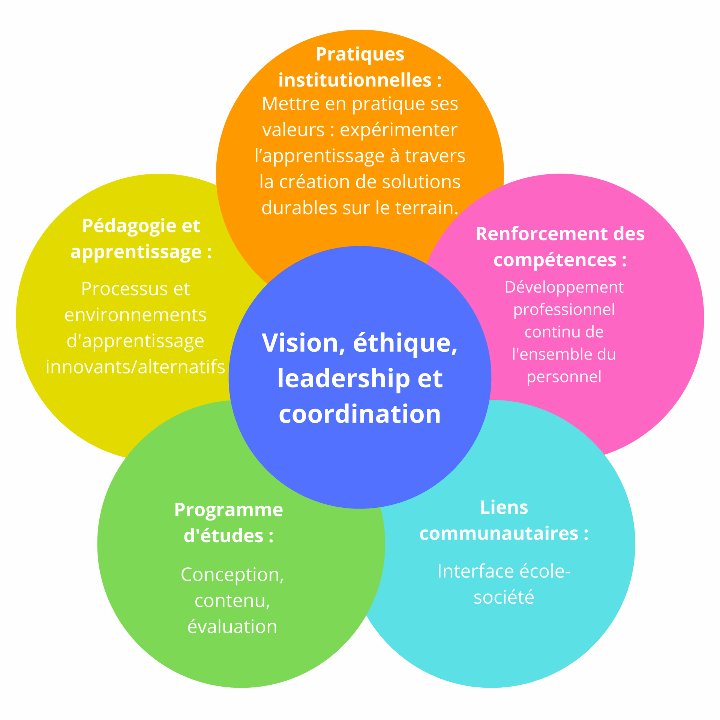
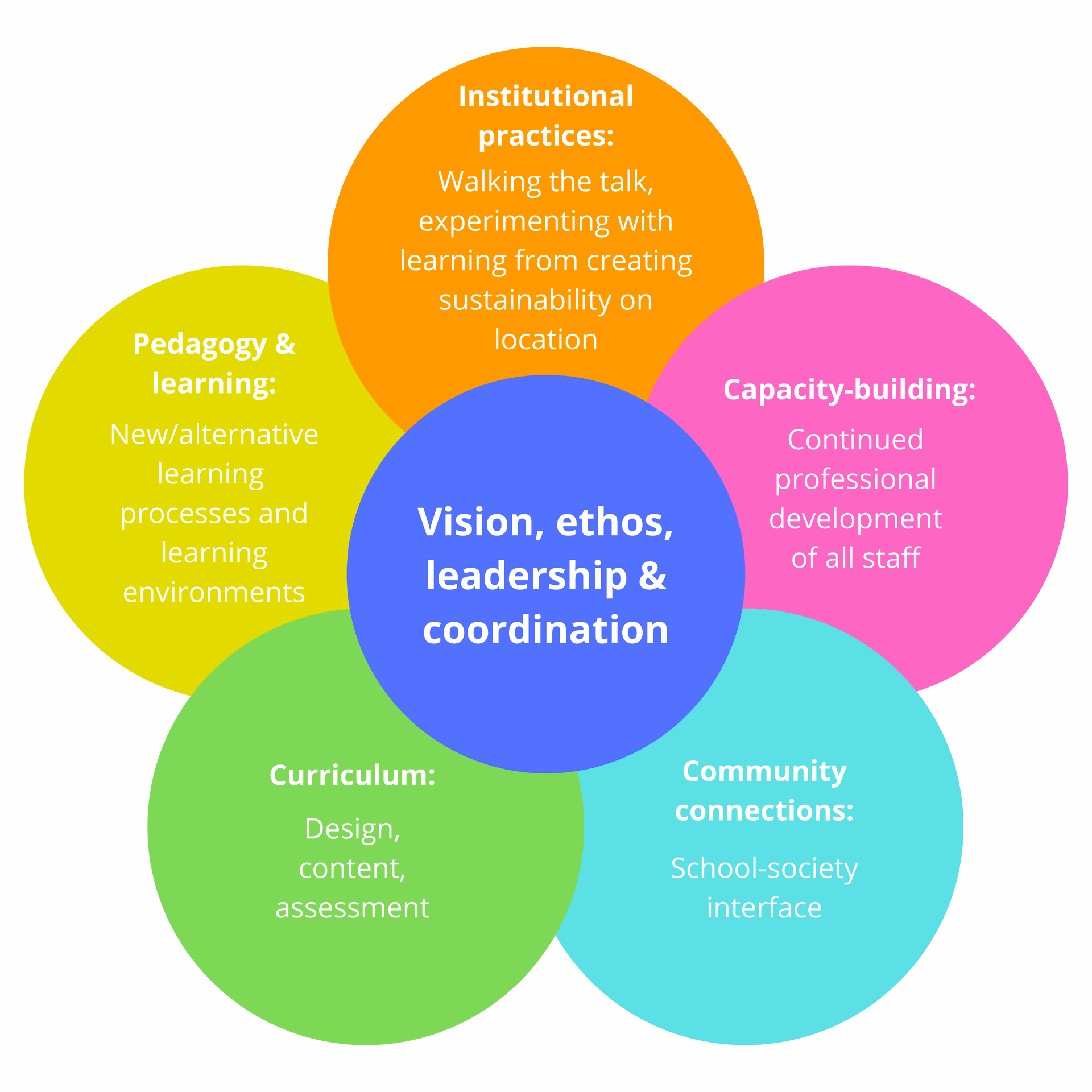
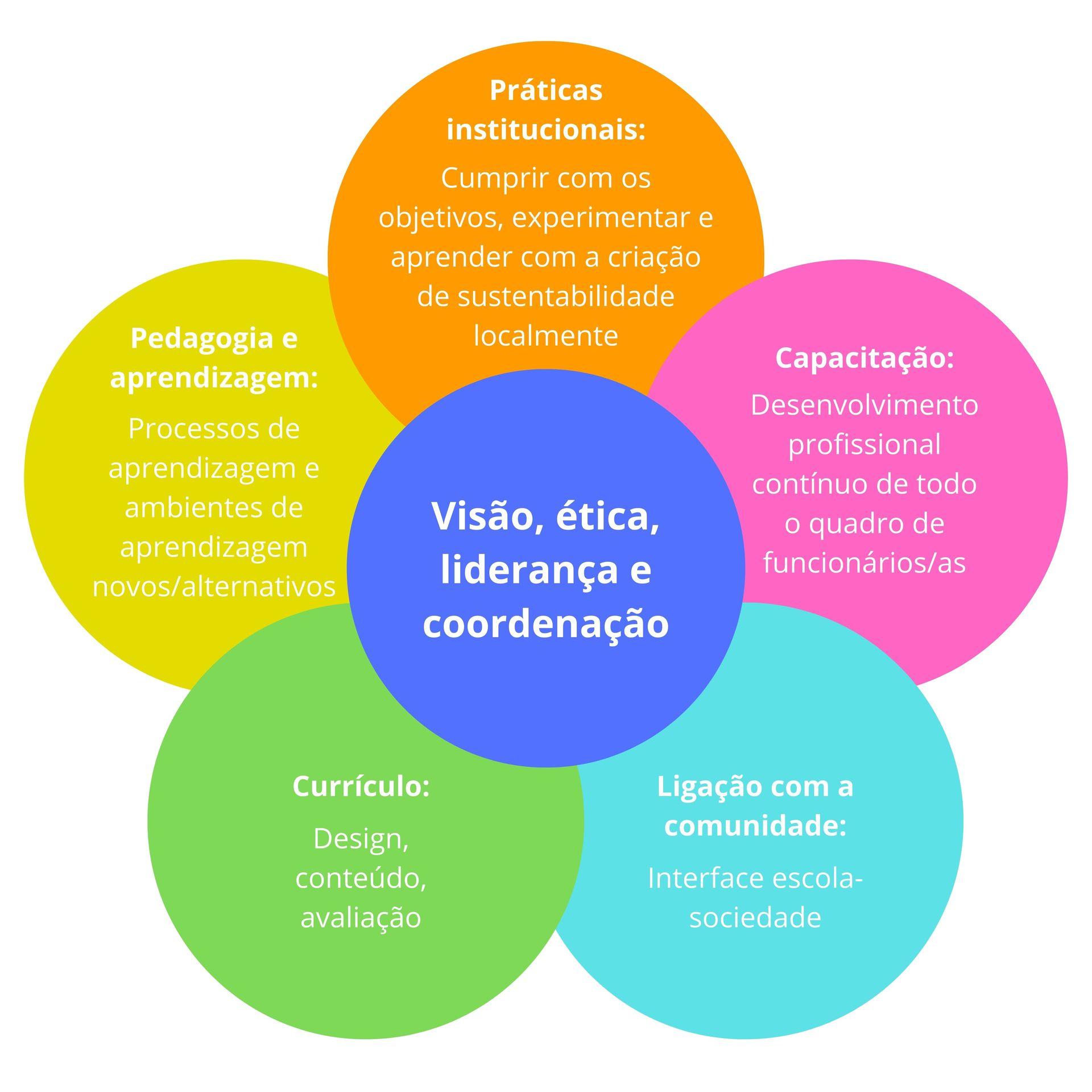
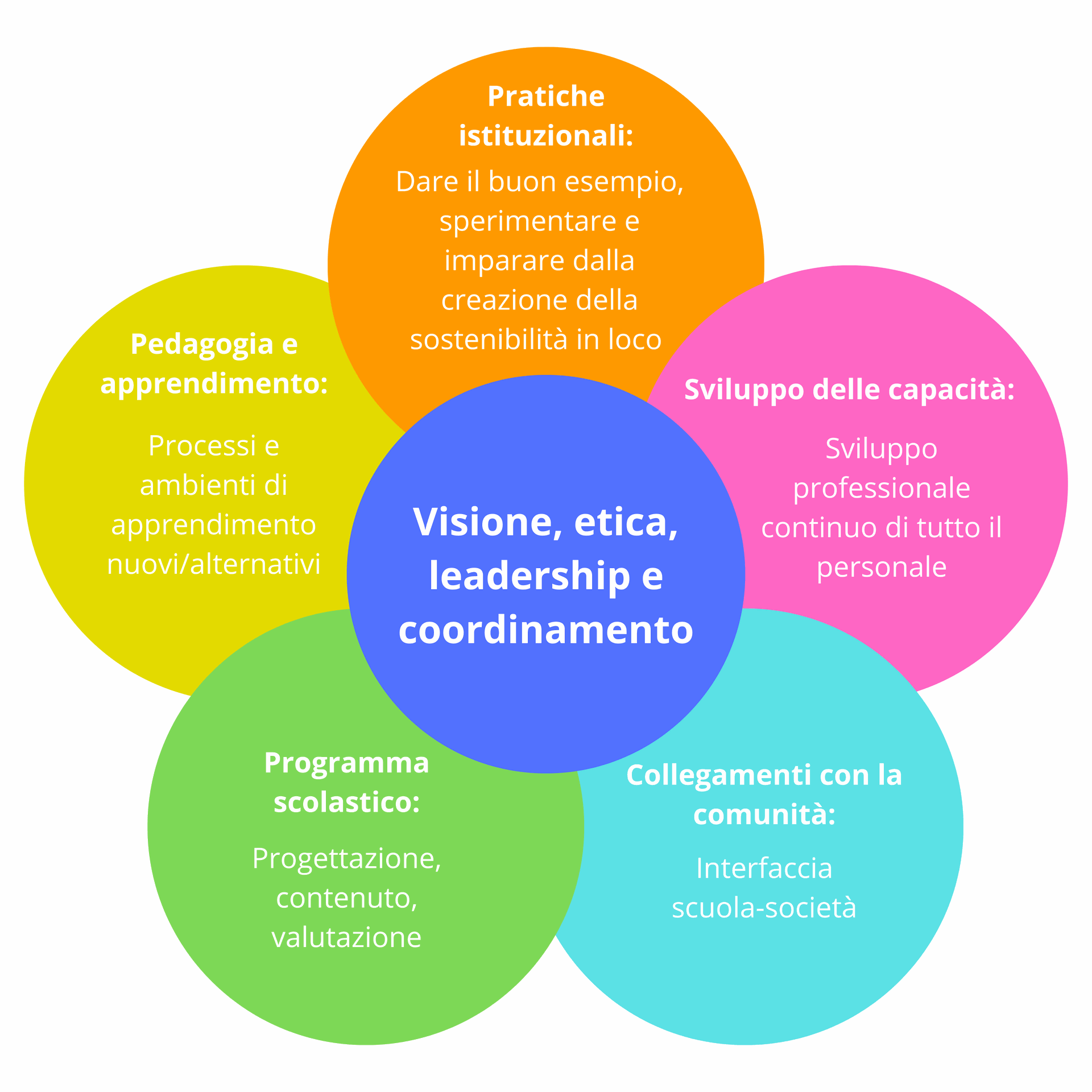
Wals, A., & Mathie, R. G. (2022). Whole school responses to climate urgency and related sustainability challenges. In Encyclopedia of Educational Innovation (pp. 1–8). Springer.
In this image, there all the fundamental and generic dimensions of a whole-school approach (orange, pink, light blue, green and yellow petals), which, in order to work, require the coordination of the school (centre of the flower model).
Implementing a whole-school approach requires the committed involvement of the entire community. It is a comprehensive and inclusive process of change that will be all the most successful in a constructive and open mind school climate, which requires a collaborative effort from the entire school community - teachers, managers, staff, parents and students.
That being said, schools must have concrete instruments and tools, like an Equality Plan.
However, as an integrated process of change, whole-school approach risks being seen as too demanding and complex, thus facing a whole set of barriers and obstacles that need to be effectively dismantled:
- Gather and use gender indicators and data, see box 1.
- Ensure that there is an evidence base to support the changes made (such as the profound impact on young people) which is documented and readily available to all.
- Prepare a short, positive communication for parents and carers and publish something on your website.
- Be open and transparent and provide people with the opportunity to come and speak with someone at the school if they have concerns.
- Many changes can be implemented at low or no cost.
- Find alternative ways to raise funds for books and resources.
- Promote partnerships.
- Choose changes that are actually possible.
- It is not necessary to start with major and very demanding infrastructural changes.
- Difference in treatment and interaction according to gender bias are mostly unconscious.
- But they exist and manifest in the language used to speak to boys and girls, expectations of behaviour and academic success, or assumptions about how different genders learn.
- It is important to take time to evaluate every aspect of teaching practice and actively seek out where assumptions about gender may be affecting young people’s experiences of the classroom. See box 2.
- Just because opportunities are open to all, it does not mean that individuals feel comfortable taking part. Some young people may feel like certain opportunities are not for people ‘like them.
- Collect and evaluate participation data for after-school clubs, science and technology activities and school trips. What have you found?
- Of course, there is a set of themes that must be in curricula and programmes.
- But you must analyse what references you include to women's contributions in STEM fields; what materials you give; what pictures you add on PowerPoint displays; what examples you give about scientific and technological theories and discoveries.
- It is important as a school to create time for training and for open discussion, so that staff can discuss things that they find embarrassing or uncomfortable and that they know the importance of creating an open environment for young people to talk and learn.
Box 1
Gender-sensitive indicators have several characteristics:
1. They disaggregate data/information by gender so that differences between men and women can be easily seen.
2. They collect qualitative information to assess and link gender issues, attitudes and perceptions to social and cultural values.
3. They demonstrate changes in relations between women and men over a period of time.
4. They assess empowerment by looking at changes in men and women’s knowledge, attitudes, behaviours, and professional conduct that reflect gender equality.
(UNESCO, 2015: 96)
Box 1
$ 35 .00
/ monthBox 1
$ 35 .00
/ monthBox 1
$ 35 .00
/ monthBox 2
Case Study: How do we interact?
Lotta Rajalin is Headteacher at a gender-neutral pre-school in Stockholm, Sweden. As a way of evaluating whole school practice, all staff were asked to film their interactions with young people. Having watched the recordings, staff realised that they often treated girls and boys differently. For instance, they often used different tones when speaking with boys and girls, tolerated more rowdiness from boys and were more likely to comfort a crying girl than a boy. Rajalin said, ‘After we had been filming and observing each other, we understood that it’s not the children we have to change, it’s ourselves’.
(Scott, 2018)
There are no comments for now.
